The new bidding system: Implications for the 2015 draft

The system explained:
With the new system that has been announced this year, there’s been some confusion from fans over the implications it will have on their academy and father/son talents. The first part of this article aims to explain the system in an easy to understand manner, while the second will look at cases from the upcoming draft such as Jacob Hopper and Jack Silvagni.
To simplify a complicated system, if the player is bid on within the first round, you’ll either give the same or more for them than you would have under the old system. Whether you give the same or more is decided by how close your next selection is to the bid.
If it’s close, that selection alone will be enough to match – like under the old system.
If it’s not, then you will have to give more than just that selection. If you’ve got any questions or there’s something you’re not sure about with this new system, I’ll happily respond in the comments or you can ask me on twitter for a quicker reply.
Let’s look at 2012 for some examples, starting with Joe Daniher. With Daniher, Essendon held pick 10 and Port bid pickseven.
Each pick is assigned a points value – in this case, pick seven was worth 1,644 points. If Essendon wished to match that bid, they had to come up with a package that matched pick seven’s value minus the 20% discount, which ends up being 1,316 points.
As Essendon’s pick 10 was worth 1,395 points, 79 points more than the number they were required to match, they are able to use pick 10 to secure Daniher, like they did under the old system.
However Jack Viney from the same draft is a different story – under the old system Melbourne got a better deal for Viney than Essendon did Daniher.
The new system aims to ‘equalise’ the deal each club gets. Port also bid pick seven (1,644 points) for Viney, so Melbourne would need to match that.
Their selections following pick seven were 26, 48, 52 and 68 and with them they needed to match pick seven minus the 20% discount (1,316 points).
Pick 26 is only worth 729 points so it slides back to the end of the draft, leaving 587 points left.
Pick 48 (302) and pick 52 (246) are also given up , leaving 39 points left to match, which they can do by downgrading a selection. In this case, downgrading pick 68 (59 points) to pick 72 (19 points), yielding 40 points, enough to match the 39 required.
The result of this is that Melbourne would need to give up selections 26, 48, 52 and 68 for Viney and pick 72 (as well as three ‘end of draft’ selections), as opposed to the flat pick 26 of the past.
For picks outside the top 18, the 20% discount ceases to exist in favour of a flat 197 point discount – which is the discount for pick 18.
This essentially means that for every pick after 18, the discount becomes more and more generous relative to the bid – and towards the third round and beyond clubs will actually pay less for the player in question than they would before – which is fantastic news for Carlton fans.
With this structure, the discount steadily increases – hitting over 50% for pick 43 and at pick 56 it becomes 100%. Essentially, if a player is bid on at 56 or later, the club need only use their last selection on them.
For example, in 2012 North Melbourne bid pick 35 (522 points) on Lachie Hunter. The Bulldogs needed to match those 522 points, minus the 197 point discount – so the price to pay was 325 points.
Their pick 49 was worth 287 points, leaving a shortage of 38 points which could be matched by downgrading pick 50 (273 points) to pick 53 (233 points) – a downgrading yielding 40 points, more than the 38 required.
The final package would have been picks 49 and 50 for Hunter, a player originally bid on with pick 35, and pick 53.
An example of a club being better off under this system is the Dogs with Zaine Cordy in 2014. Fremantle bid pick 52 on Cordy (246 points) meaning the Bulldogs needed to match pick 52 minus the 197 point discount, equaling 49 points.
They could do this by simply downgrading pick 62 (123 points) to pick 67 (69 points), a downgrade of 54 points, above the 49 points required. The Bulldogs would essentially be giving up pick 62 for Cordy and pick 67 under this system whereas before they’d have given up pick 62 and received nothing with Cordy in return.
Implications for 2015:
Let’s look at Jack Silvagni first. If picks remain as they are, Carlton currently hold picks three, 22, 40, 58 and 76 so let’s assume they still do on draft day. If the bid on Silvagni is after 56, Carlton need only use their last selection for him.
But what if Silvagni has an excellent finish to the season and pushes for first round contention? If the bid is between picks 17 and 21, Carlton can directly match that with their second round pick, 22. If the bid is between picks eight and 16, they’ll need to give up 22 as well as downgrade pick 40.
But that is an unlikely scenario, as while Silvagni has shown some real potential, he’s not considered a first round talent yet, so let’s look at something more likely – that a club bids for Silvagni around pick 35.
Under the old system, Carlton would need to use 40 to match that. Under the new system, they’d be better off. They need to match pick 35 (522 points) minus their 197 point discount, making the price 325 points. Instead of giving up pick 40, worth 429 points, they can downgrade it to pick 64 (101 points).
As the downgrade yields 328 points, above the 325 required – it is acceptable and the final package would be Pick 40 for Silvagni (originally bid on at pick 35) and pick 64 – only a 24 pick downgrade for him.
If the bid for Silvagni falls after Carlton’s pick 40, the price they’d need to pay for him is progressively smaller, and the downgrade in selection needed will be less.
Bailey Rice is another who’s being widely discussed. As the Carlton fans have had their fun with Silvagni we’re going to assume he nominates St Kilda, who currently possess picks five, 24, 42, 60 and 78. Rice is considered an outside chance of being a first round prospect but more likely a second round type.
On the off chance a bid is placed on him around 15 (1,112 points), St Kilda would need to match that bid minus 20%, so the asking price would be 890 points. As pick 24 is only worth 785 points, there is a shortage of 105 points and St Kilda will need to make that up by downgrading their next selection, 42 (395 points) by 105 points – taking it down to pick 50 (273 points). The final package would be picks 24 and 42 for Rice (originally bid on at pick 15) and pick 50.
If, and this seems more likely, the bid on Rice is in the second round – say around pick 28, St Kilda will need to match pick 28 (677 points) minus the 197 point discount, making the price 480 points. St Kilda would have to give up pick 42 (395 points) and make up the remaining 85 points by downgrading pick 60 to 68, making the package Picks 42 and 60 for Rice (originally bid on at pick 28) and pick 68.
However, if that bid was pick 34 (542 points), the price would be 345 points, less than the value of St Kilda’s pick 42. Therefore St Kilda would not have to give it up flat, instead downgrading that pick 42 (worth 395 points) by 345 points to pick 69 (49 points). Thus the final package would be pick 42 for Rice (originally bid on at pick 34) and pick 69.
Now comes the more complicated case – and one that will effect GWS and potentially Sydney if Josh Dunkley nominates. Let’s look at GWS with Jacob Hopper and Matthew Kennedy though. Right now, GWS hold picks 12, 31, 49, 67 and 85. Hopper right now looks to be considered behind the top three, but in that batch between picks four to seven along with Callum Mills. Kennedy is much harder to judge, but from reports seems to be in the batch after Hopper between 8-12, depending on who you ask.
If the bid on Hopper is pick five, GWS will need to match pick five (1,878 points) minus 20%, so 1503 points. As pick 12 is only worth 1,268 points, there is a 233 point shortage that will need to be matched by downgrading pick 31 (606 points) to pick 44 (362 points).
GWS would then enter the bidding for Kennedy with only picks 44, 49, 67 and 85. If the bid for Kennedy is pick 12 (1,268 points), GWS will need to match that minus the 20% discount, so 1,015 points. As their current picks are 44 (362 points), 49 (287 points) and 67 (69 points) which only add up to 718 points, 297 points short of the target, GWS would not have enough to match the bid for Kennedy and to secure him would need to carryover that points debt to 2016 – which comes with some more strings attached and is not recommended!
If the bids on Hopper and Kennedy ended up being fiveand 12, GWS would need to finish 10th or lower to be able to match them with their base set of picks. When you consider that they aren’t the only two GWS academy players likely to attract bids, there becomes a compelling case for GWS to actively seek to bring in picks over trade week to ensure they can match any bid placed.
Given that GWS would need to finish 10th or lower to match bids of picks five and 12 without trading, Sydney are in a world of bother with Callum Mills and Josh Dunkley. If Dunkley doesn’t nominate, Sydney should be able to match for Mills alone, however if Dunkley does – and doesn’t slide towards draft day, they simply won’t be able to come up with the picks required without trading as their base set of picks will carry much less worth than those of GWS. Sydney will need to go into debt for 2016 or actively trade to be able to secure both – there really is not another alternative.
Brisbane are lucky that Ben Keays seems to be sitting just outside the top 10 for now, which means that they may get away with their second round pick and a 10 or so pick downgrade on their third round pick. That would cause some trouble regarding matching for Eric Hipwood and potentially Corey Wagner, Reuben William and Nate Dennis, however at this stage it looks like there’s a chance all three may be low enough for Brisbane to use their last pick or only a minor downgrade on a late pick for. That said, trading in a mid second rounder would likely alleviate all worry regarding matching for both Keays and Hipwood with picks outside the top 20, as with Jacob Allison eligible next year and likely a first round talent they are not going to want to go into debt.
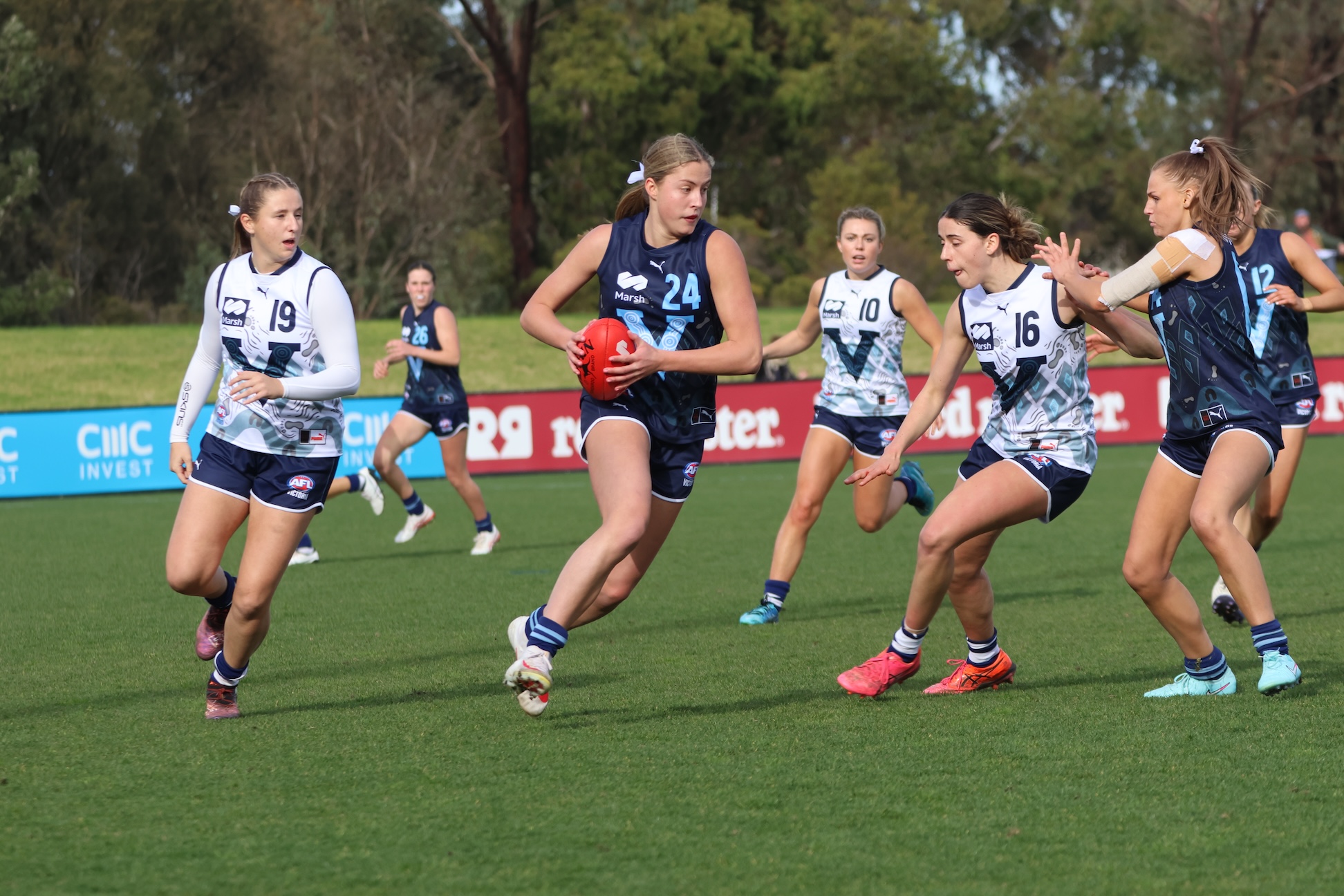
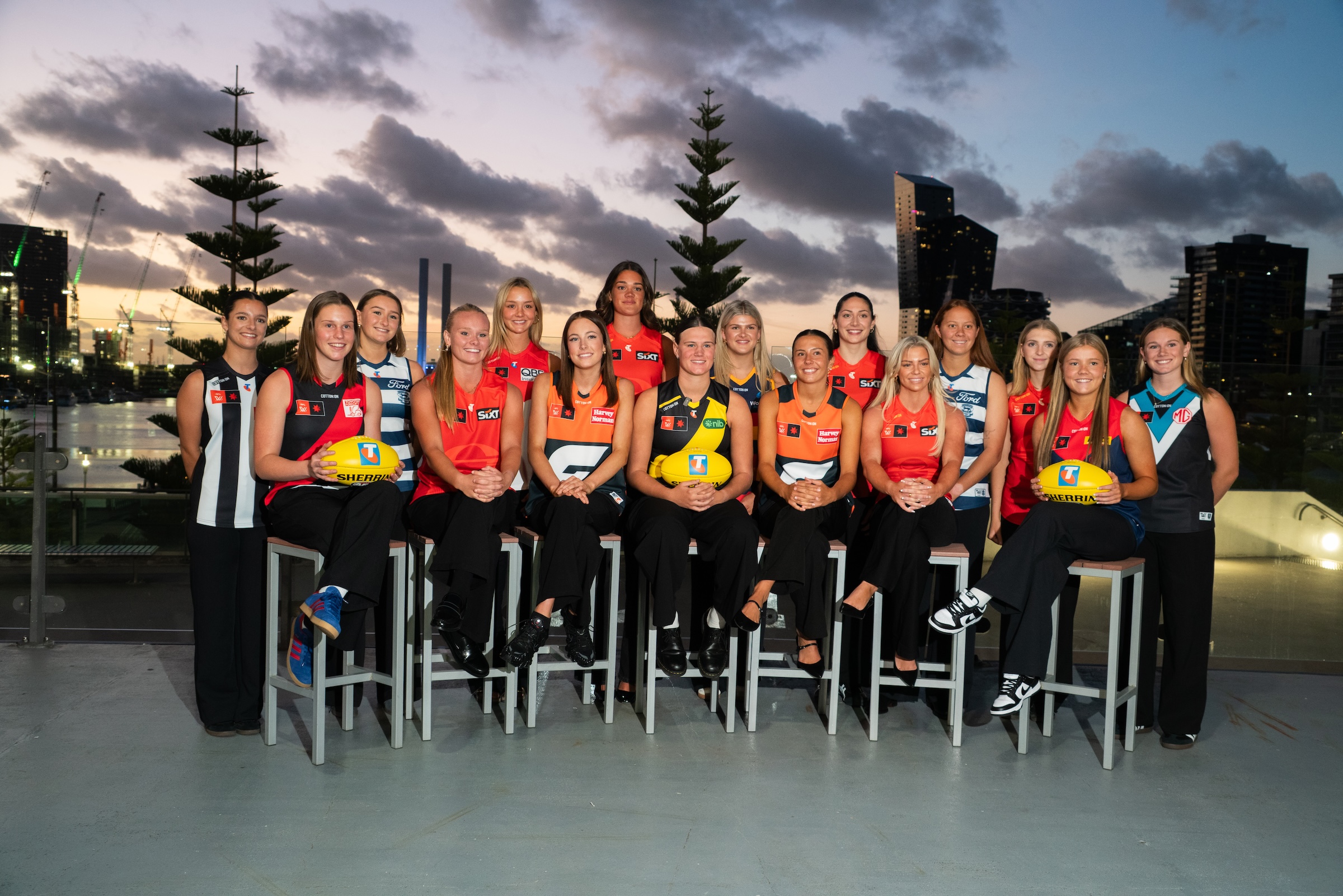
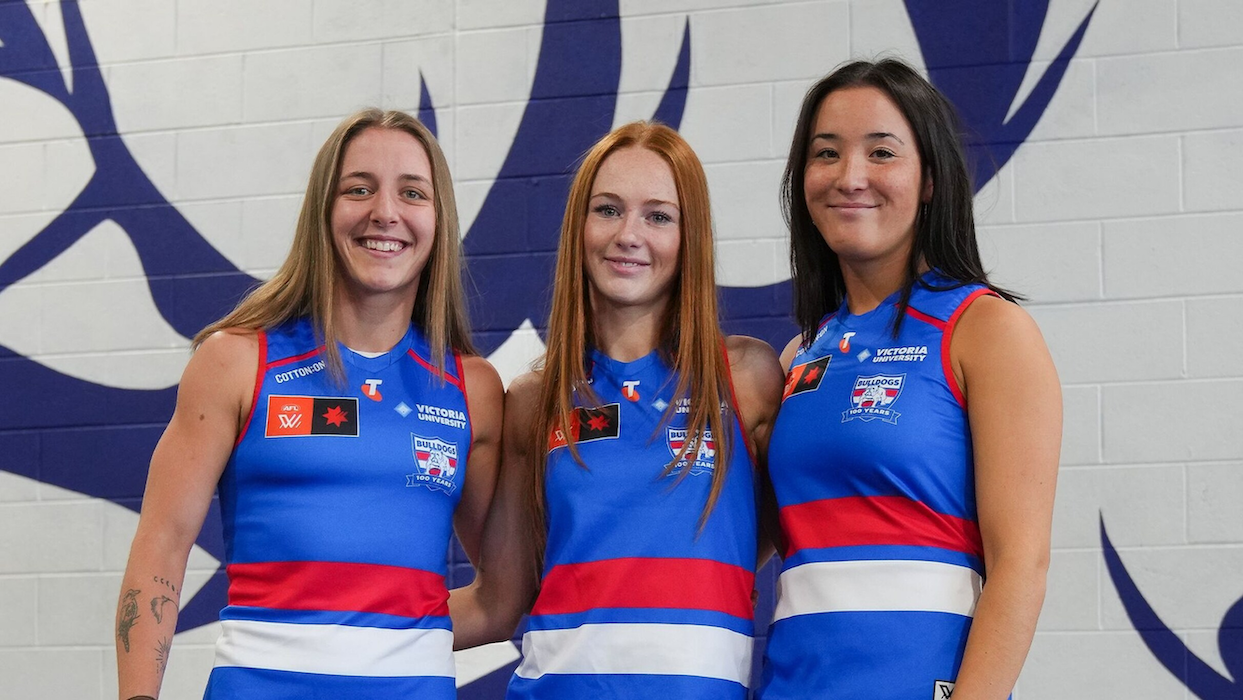
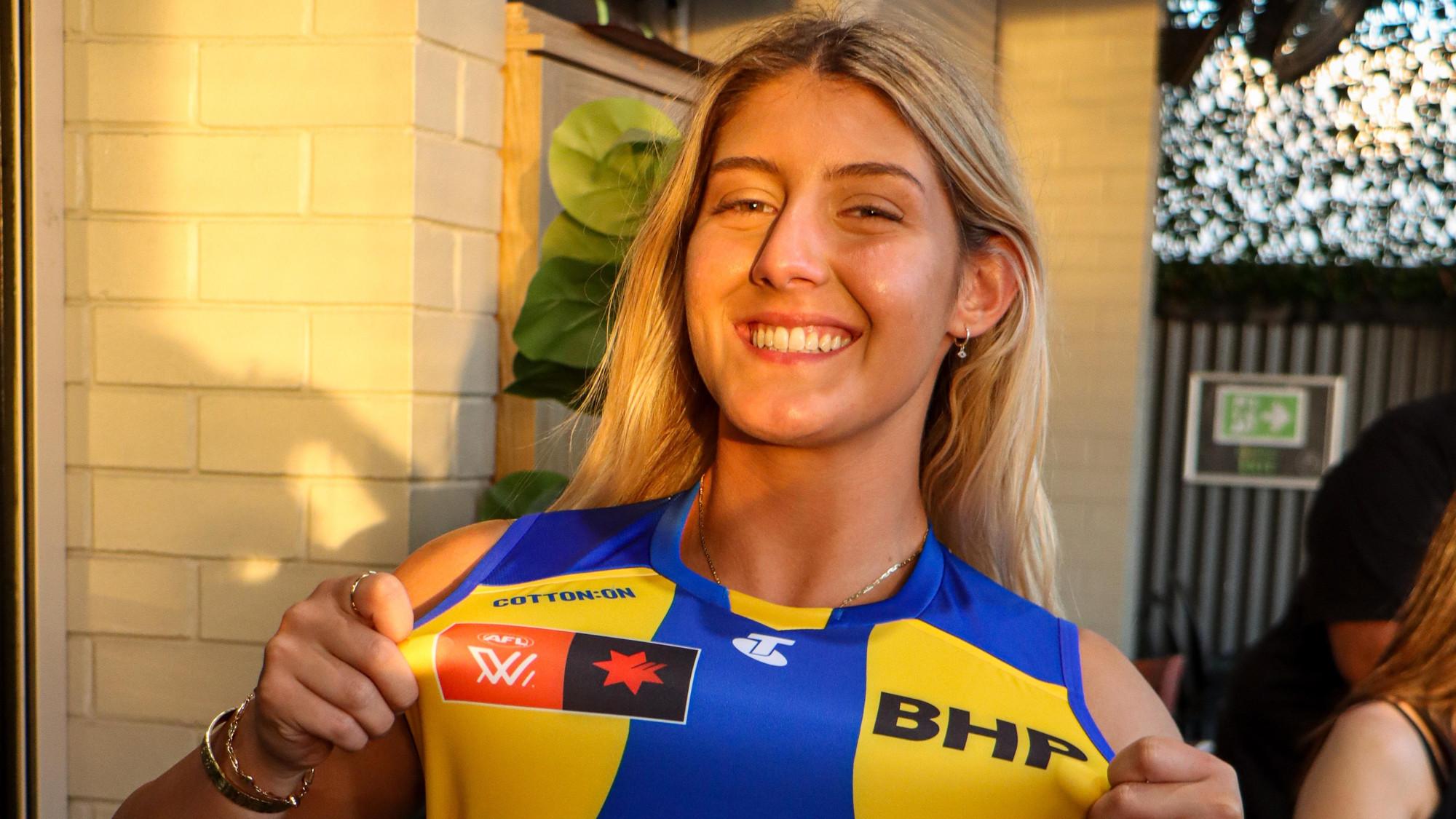
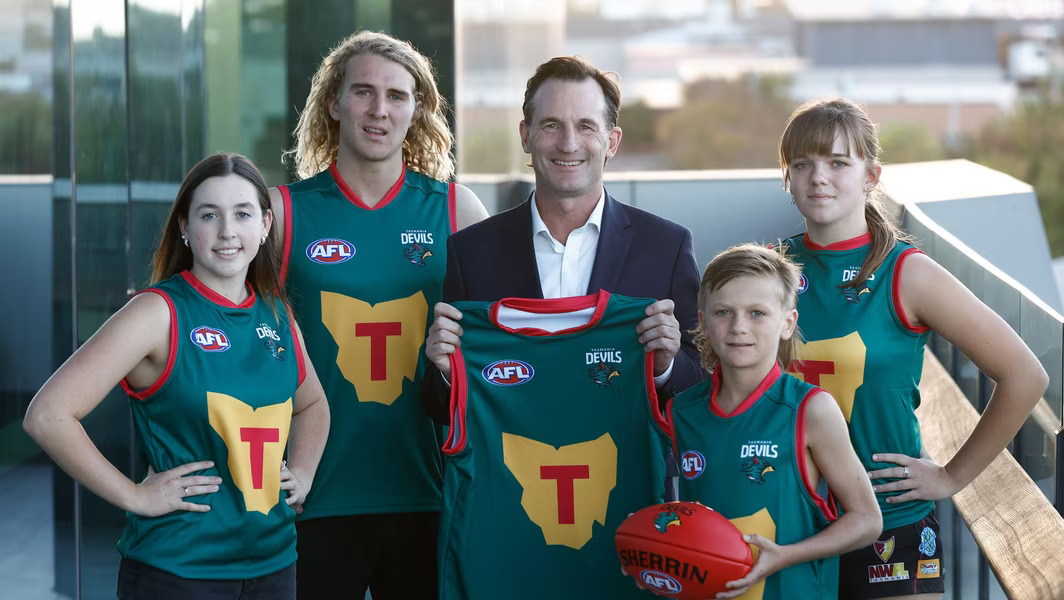
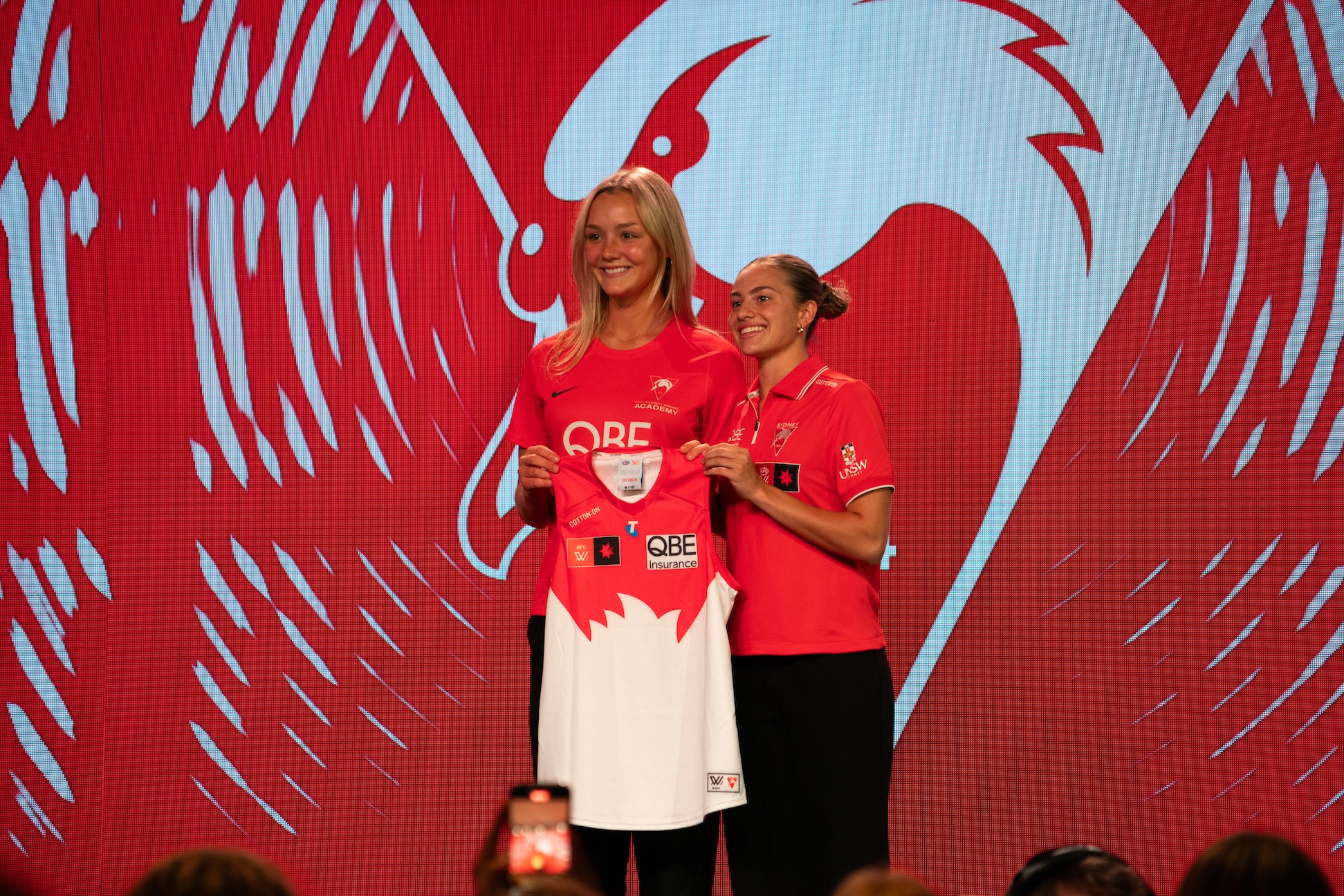
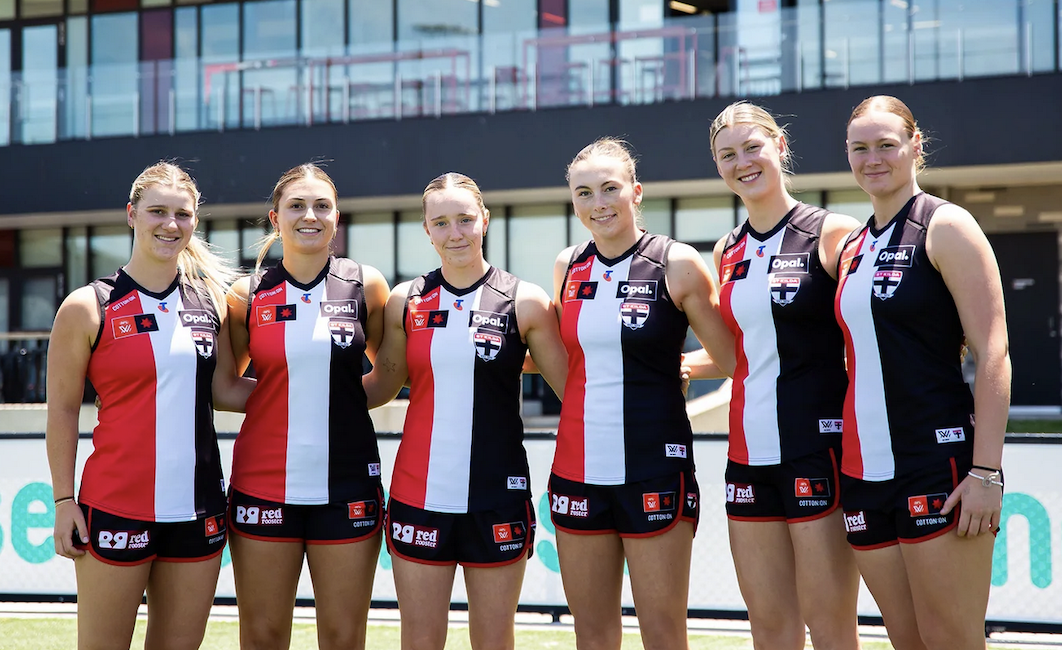
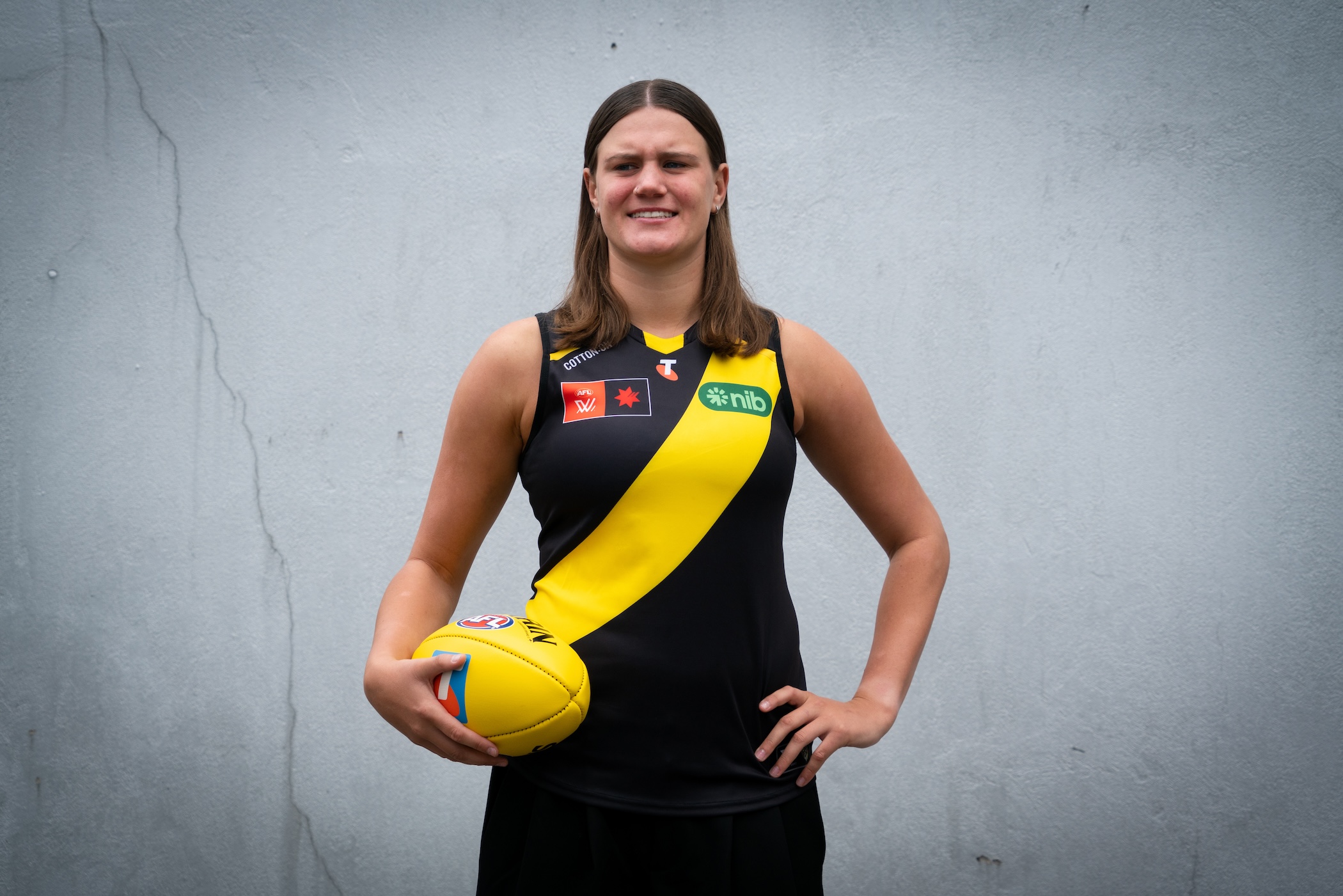
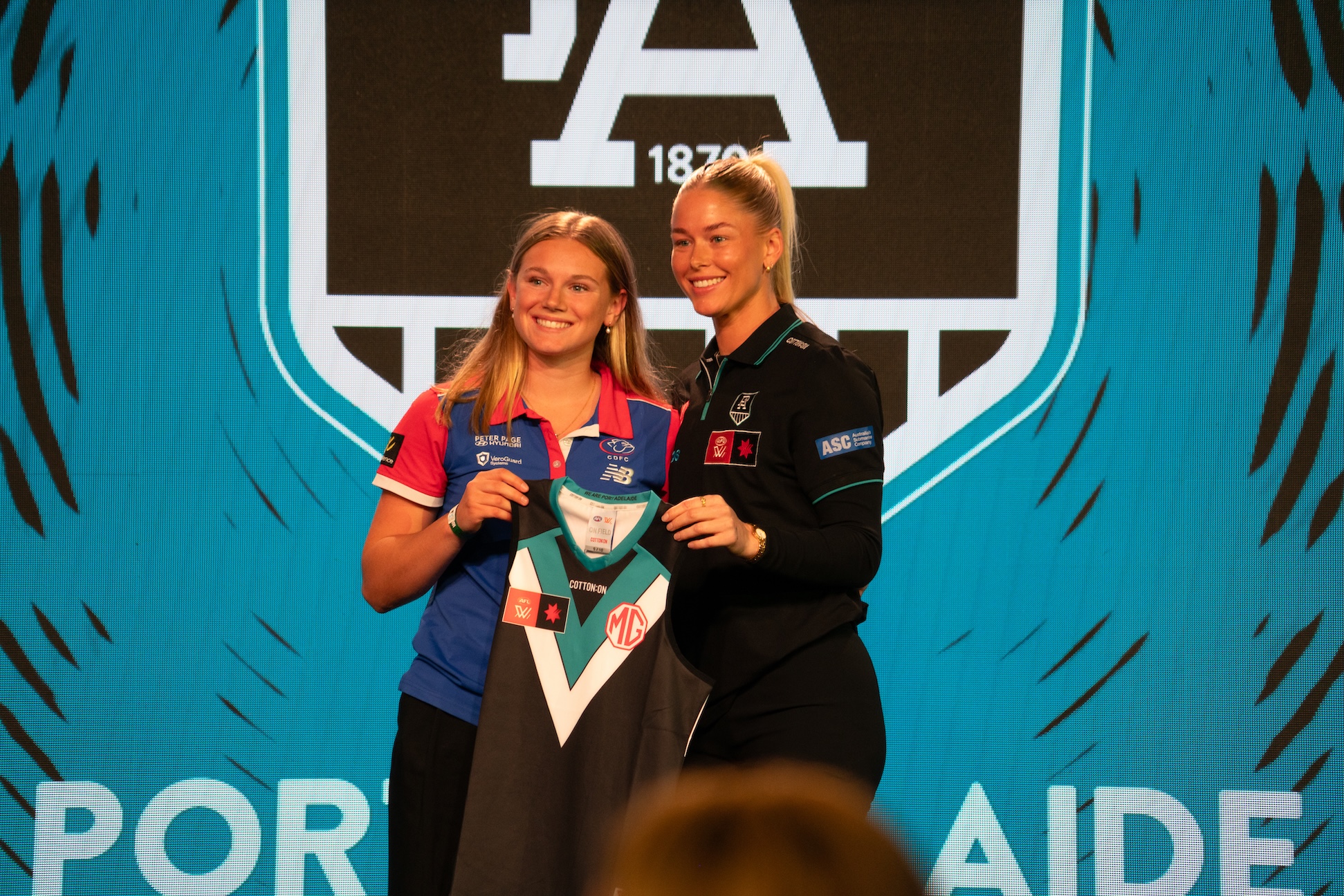
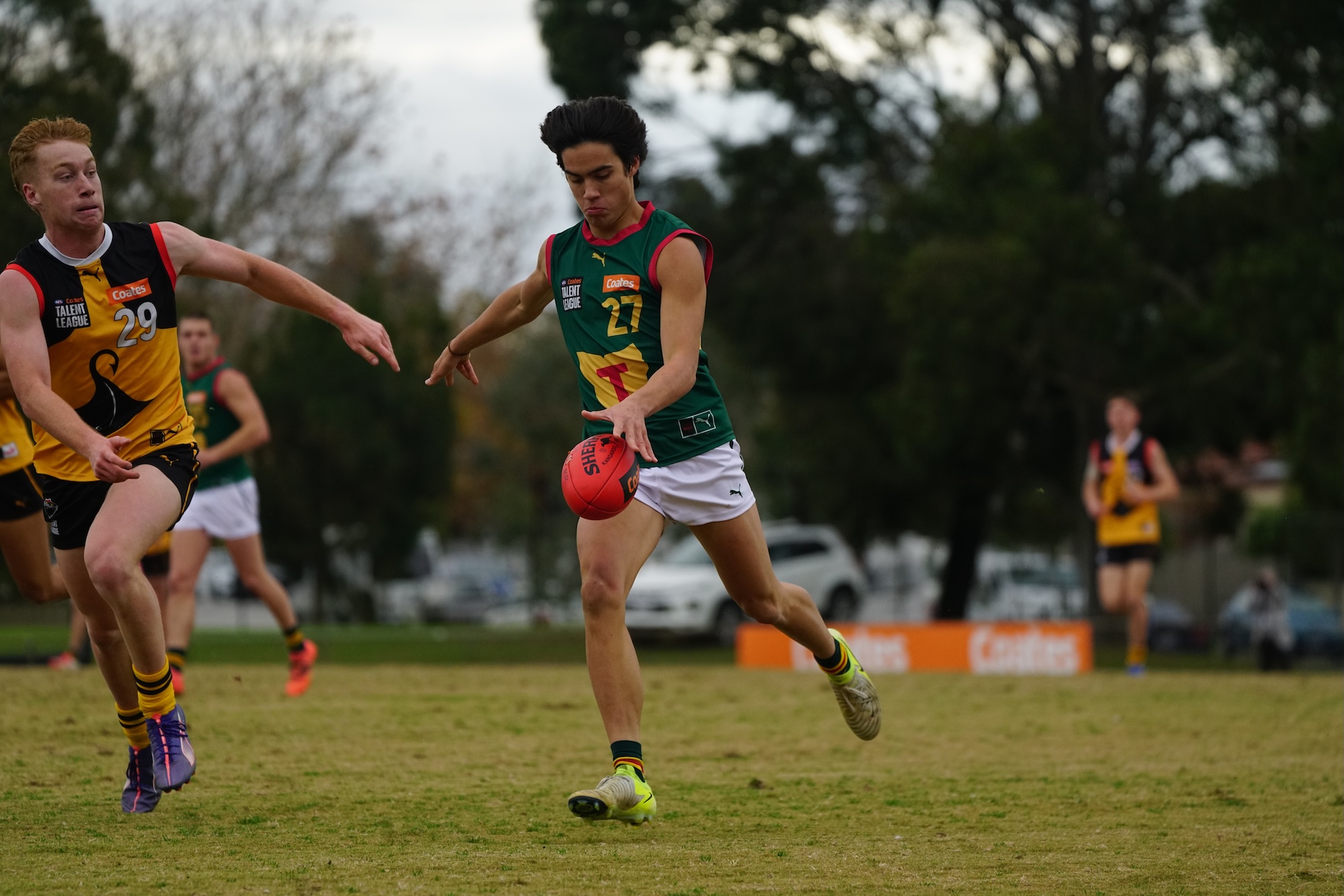
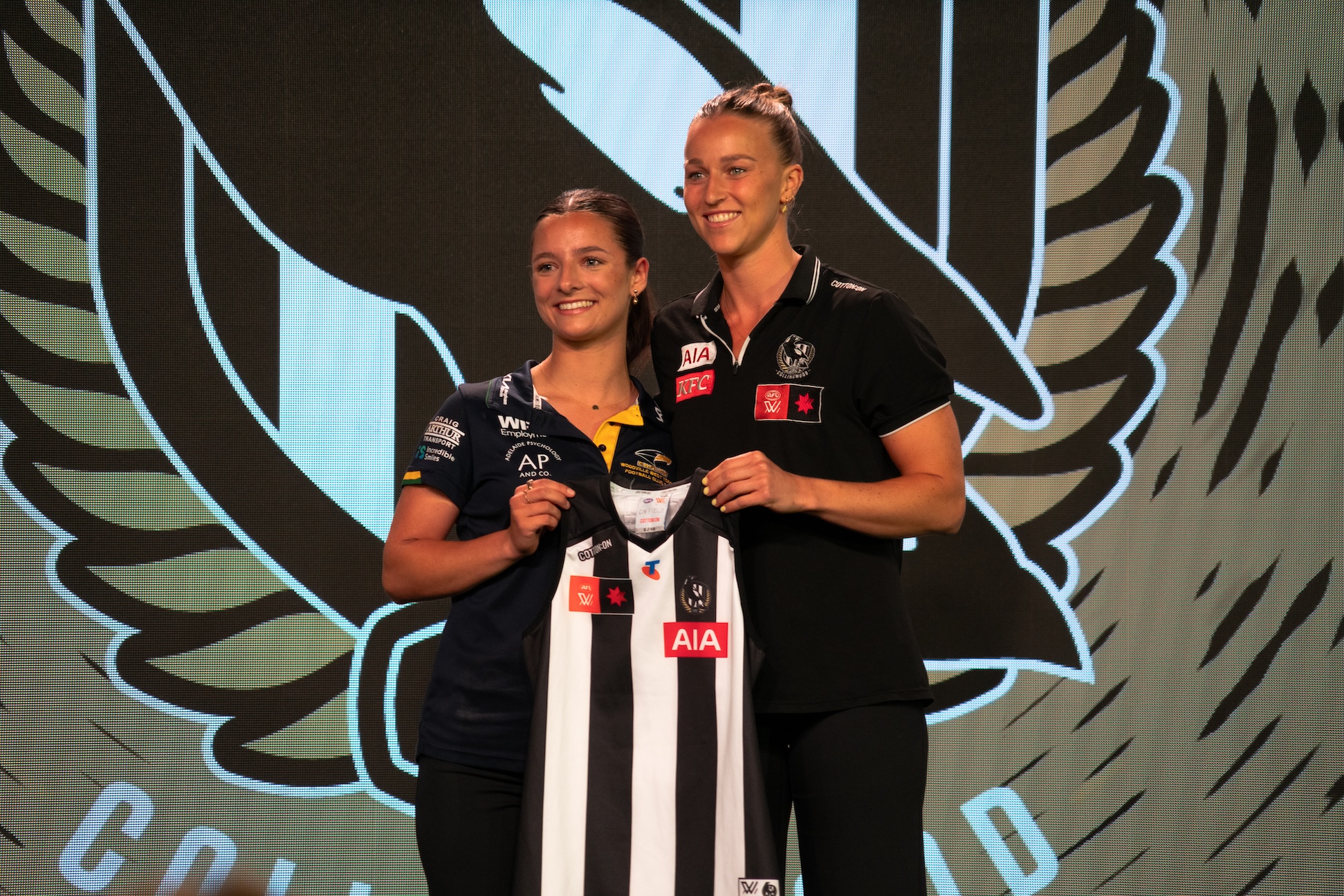

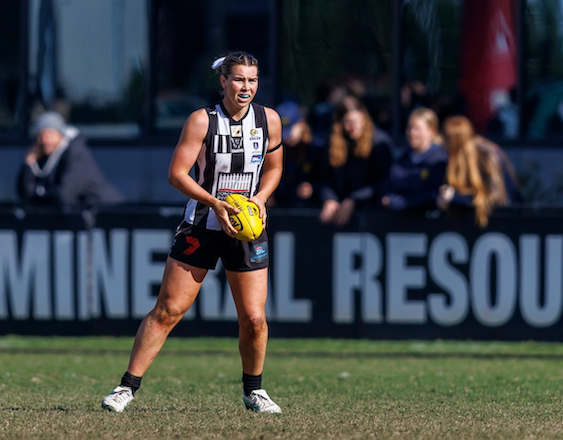
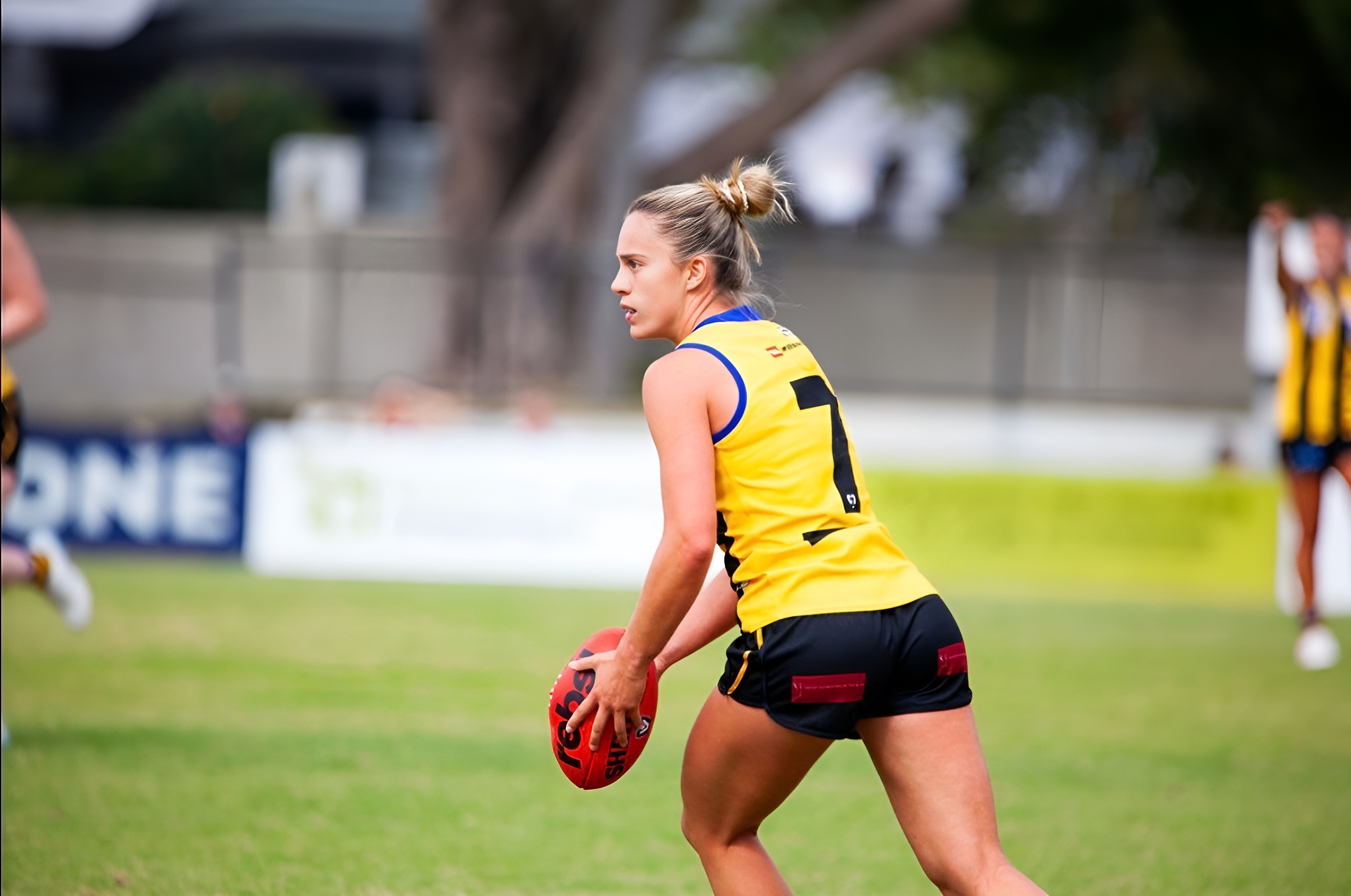
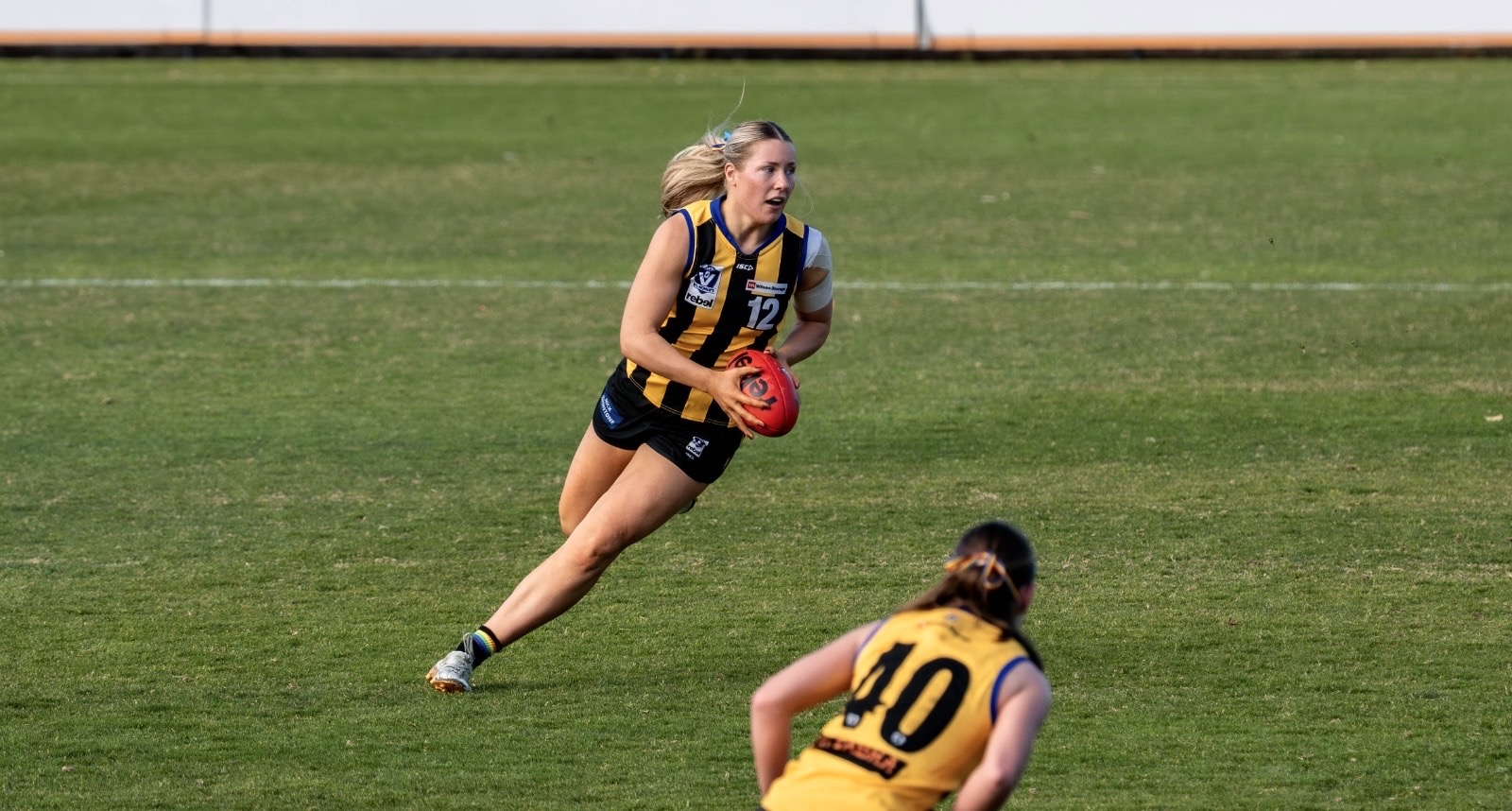
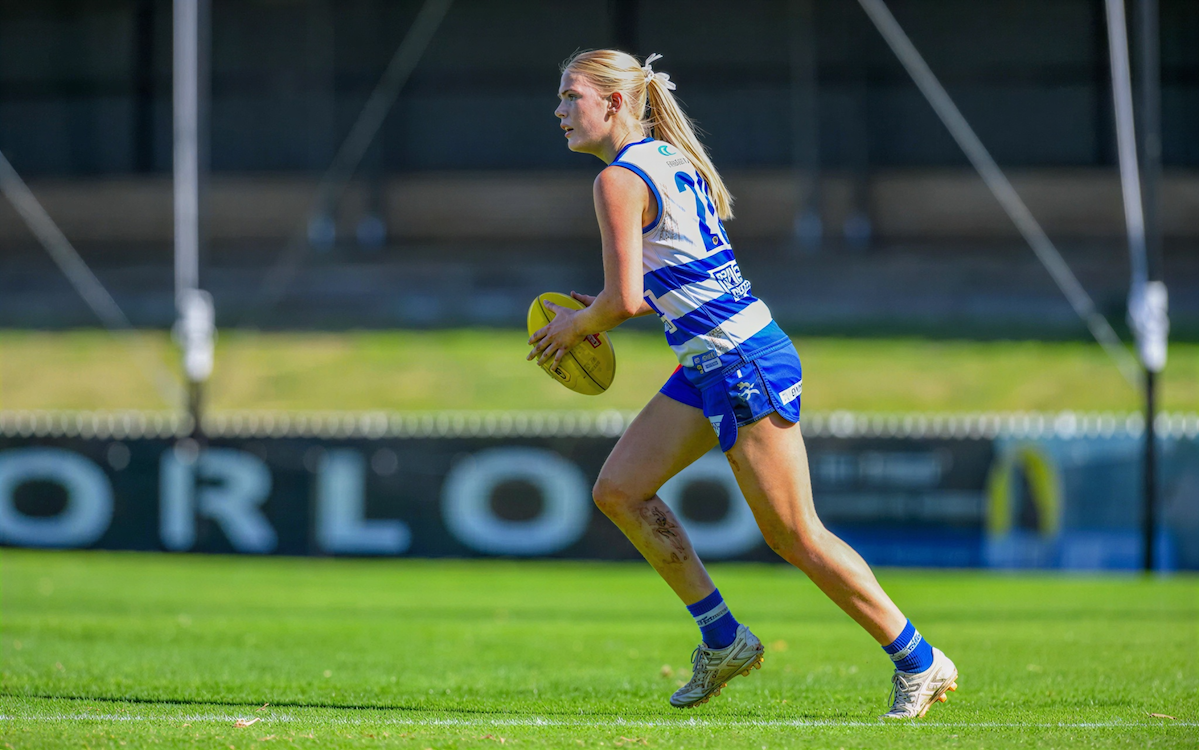
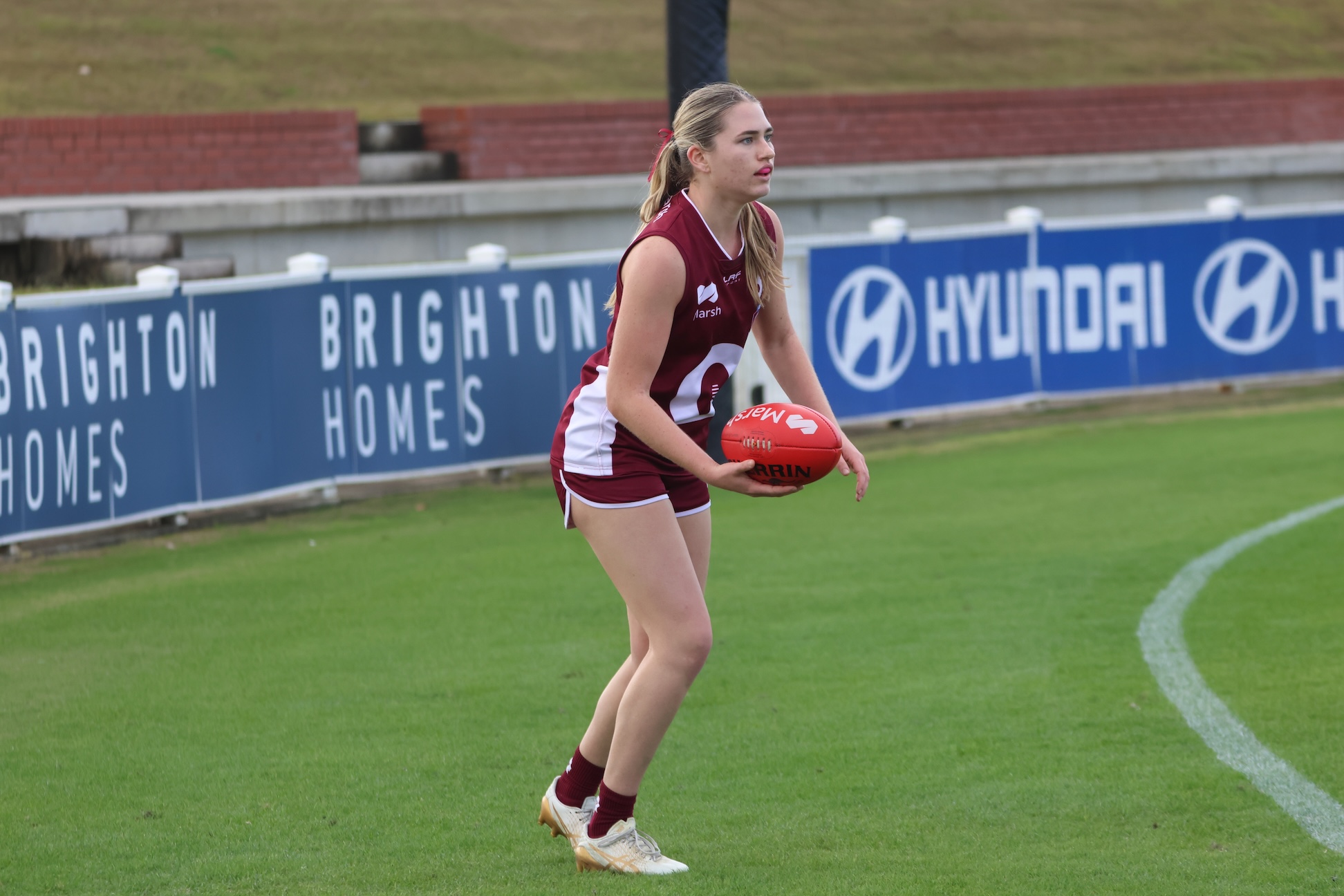
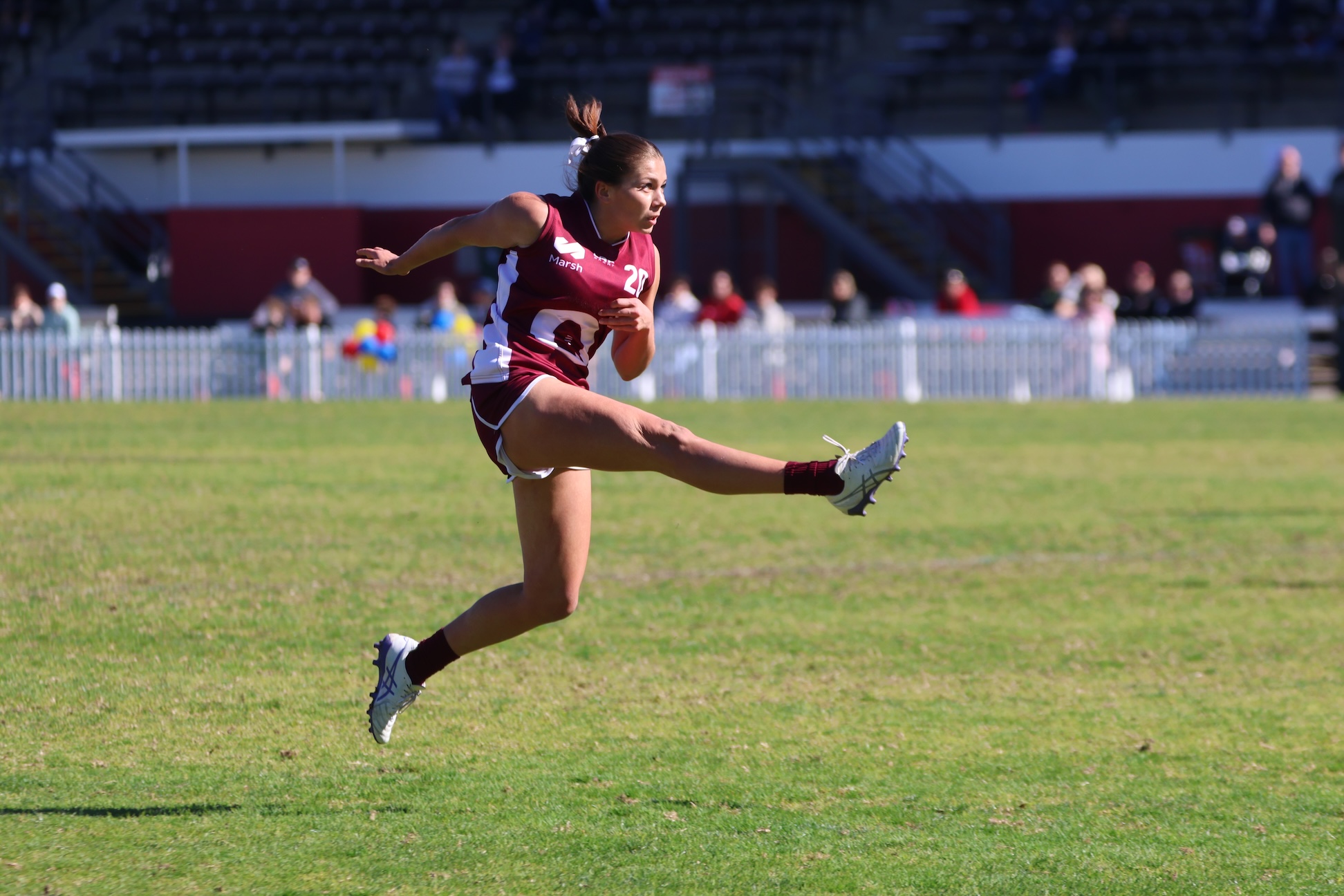
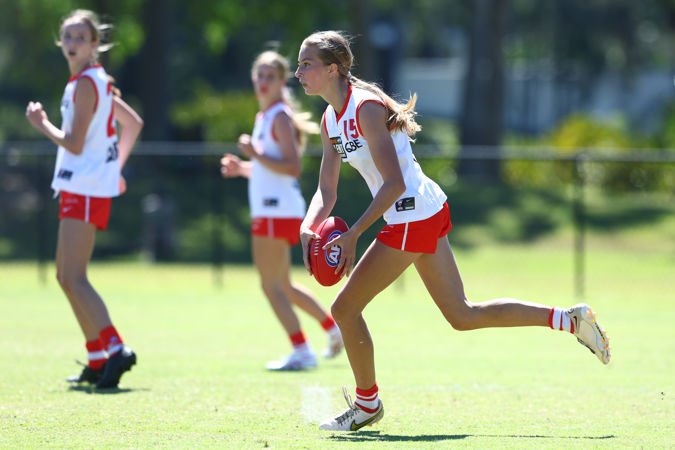
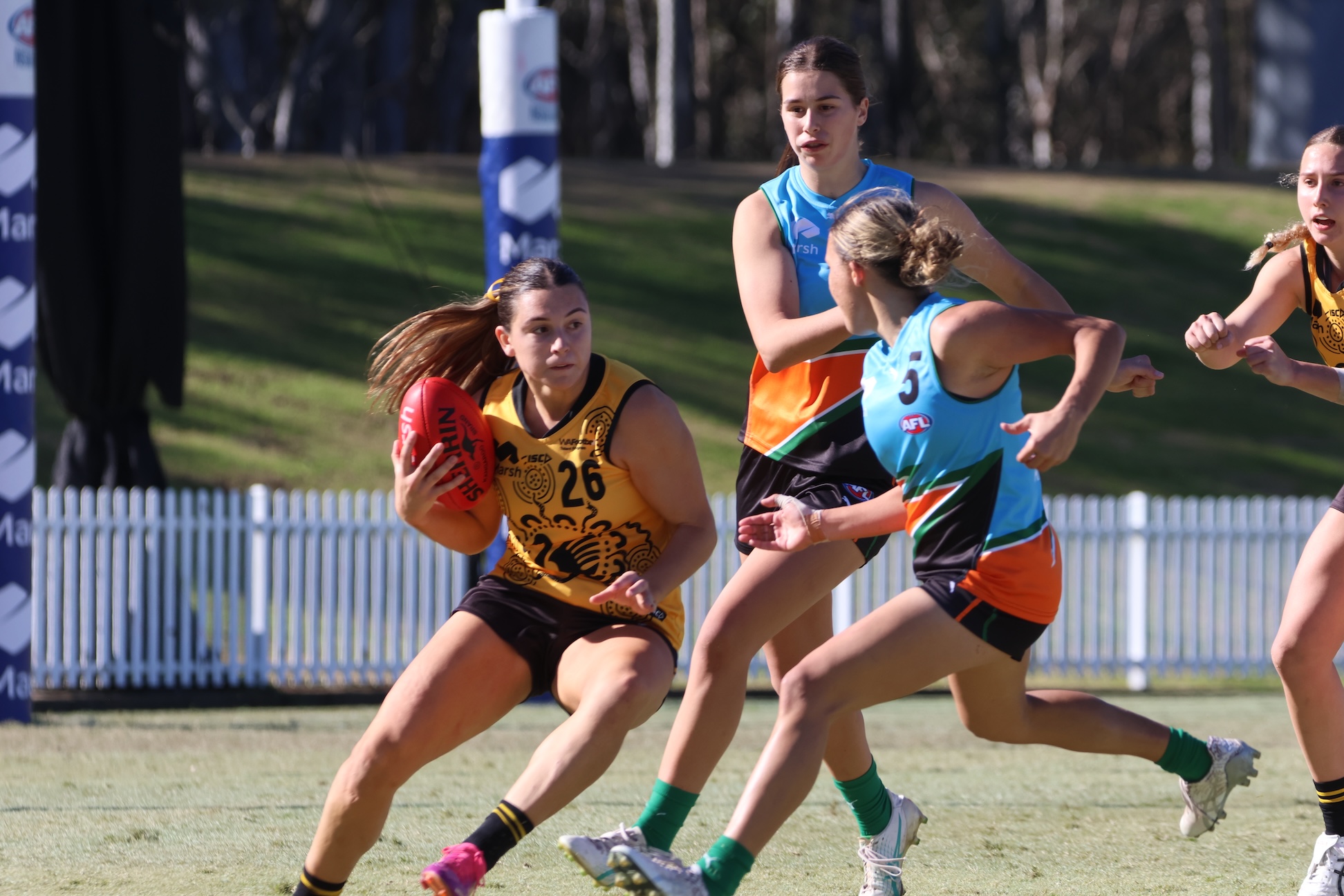
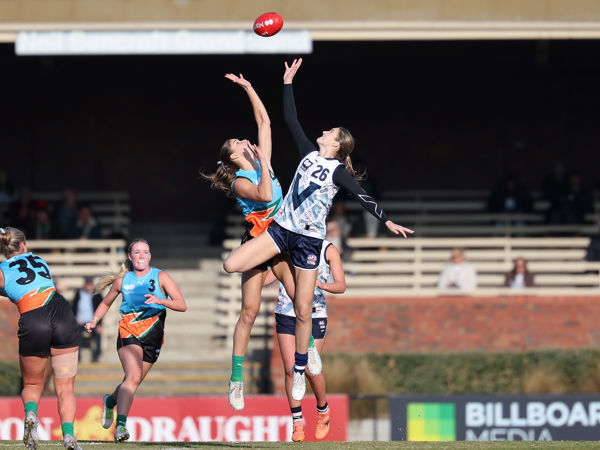
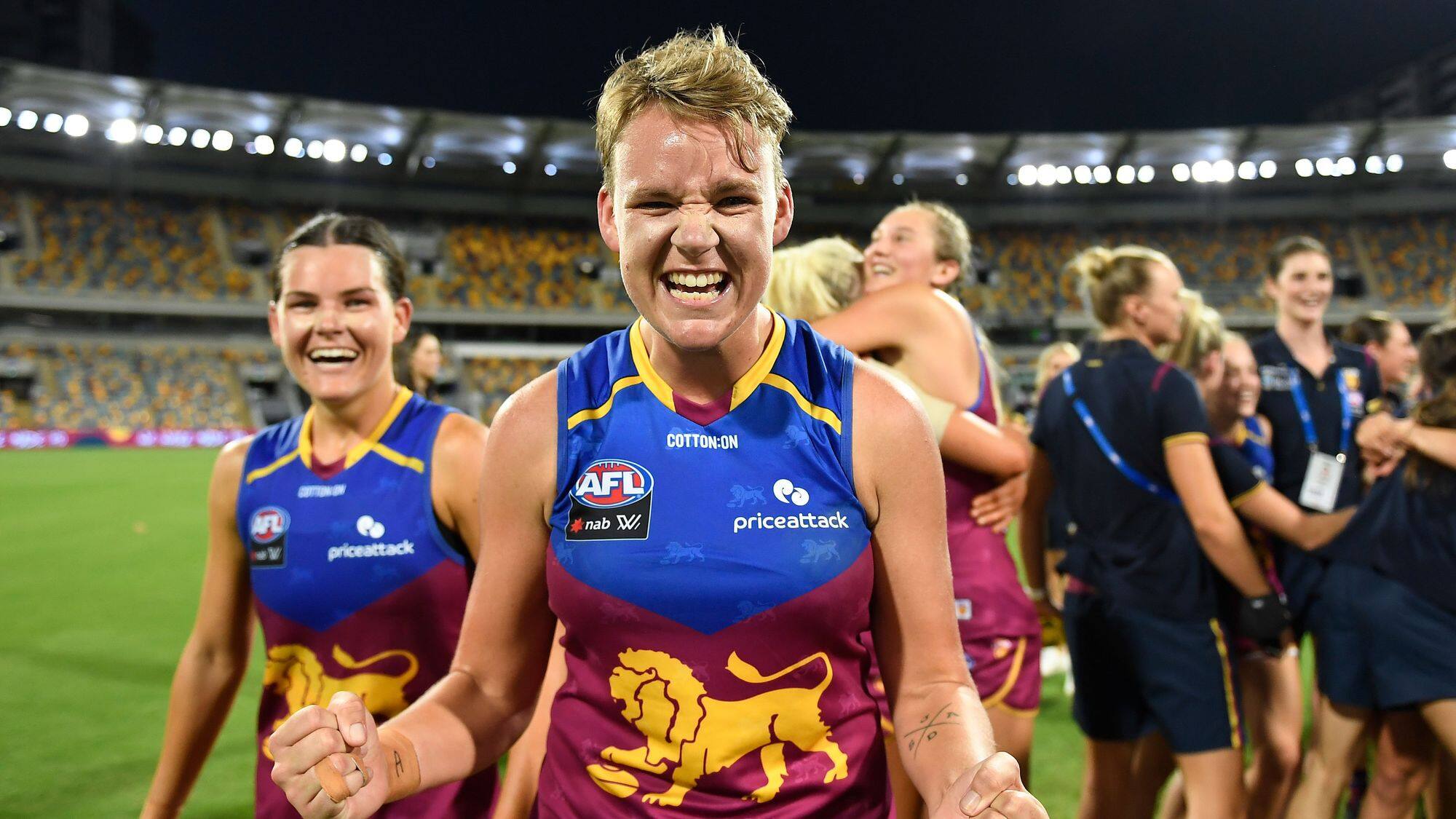
The whole thing is garbage. Need to be able to choose/ pick all players that are eligible to play for your team under the father/son rule. In some cases this could be between 2-5 for one team per year then so be it. Why/how you can penalise young boys and their families let alone their club of choice in extremely unjust and unfair
Hi Dianne,
I guess opponents to the father-son rule would say that 95% of draftees don’t get a say in where they go, so why should the sons of former footballers get that extra option? If these players don’t end up going to their club of choice they’re just no different to every other kid.
But personally I agree, it’s important to have the father-son rule in place. And these changes actually help ensure that it’s around for years to come. The only kids who will miss out are the northern academy kids – there are never enough father-son candidates at the one club for the club not to be able to pick them up in the draft. And under this new system most father-son candidates are cheaper than ever before.
I could understand if there was more then one father son, however if there is only one that wants to play for the same club his dad played for then you should only have to give up your last pick!